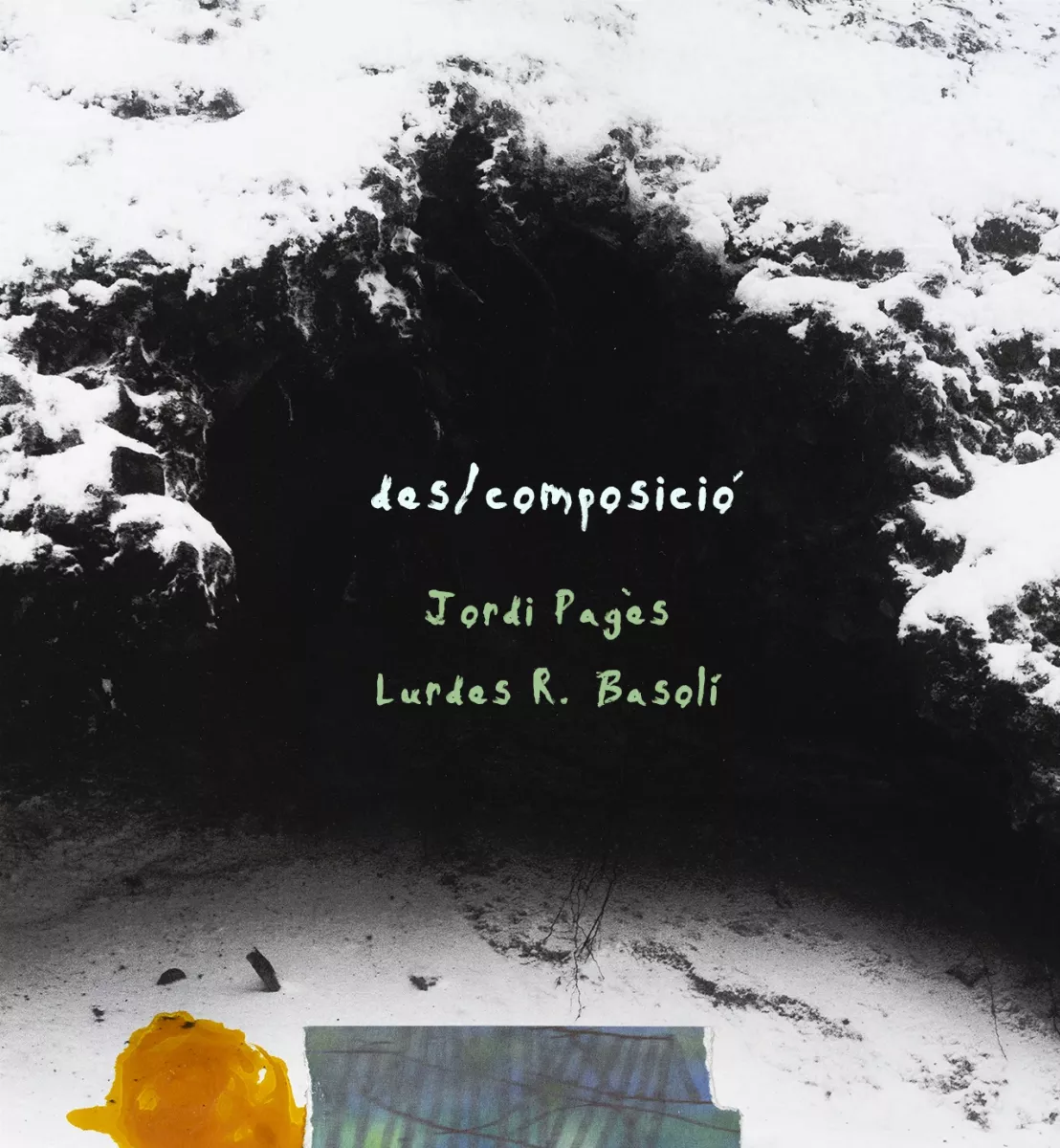

April 29 to May 21, 2021
The Montseny has an extraordinary magnetism for those of us who are neighbors and see it as an inevitable totemic motto of our landscape. It is an unavoidable presence of our reality. A refuge that has become a symbol, emanating peace and order. Perhaps that is why it systematically attracts so many artists and creators who gloss its virtues, paint it, photograph it, are inspired by it or go to live there. It is, no matter how many years go by, the monte signus, the "signal mountain" that the Romans baptized it, a denomination that pointed out its special physiognomy. A radiating nucleus of creativity and connection with the ancestors that still lives on the fringes of the great maps of the fashions of the moment.
Perhaps that's why it has ended up uniting two such compact and singular gazes as those of Lurdes R. Basolí and Jordi Pagès. The one, a photographer with a long career, precise in capturing a reality without sweeteners, energetically poetic, capable of shaking us and finding the most illuminating force of imperfection. The other, an artist who creates a dialogue between the image - collage and mixed media, a revealing minimalism - and the towards, the words, the poetry, the poets. And who captures the essence and makes a stroke full of new readings. It was only a matter of time before the two joined synergies in a project.
The moment has arrived, it is called des/composition and is based on the impression of his -also ours- Montseny. An exhibition that comes out, as it could not be otherwise if Campesino is involved, from stretching the thread to some verses. In this case, by David Caño, who wrote to Nada es ahora ni esto, published in Terrícola, a publishing house based in Granollers, a city that is a privileged spectator of the magnetic force of the massif:
"We will dry up.
And neither the photographs
-which you reveal for certain-
will not survive us.
Nor the bromide of an epitaph.
Poem that alive of memories
in decomposition."
And so, faithfully, is the result of this process: some twenty original photographs by Basolí, in black and white, where we see the Montseny.
The landscape as the main motif, stripped of everything superfluous. Campesino's intervention on the images, printed on giclée paper, making a (dis)composition through collage and watercolor, with elements such as old maps of the massif recovered thanks to the publishing house Alpina. Chance, once again, that connects everything: Campesino's father had worked. Cartography as an art of precision, as a commitment to culture and territory. And also with life. Just as the images, the verses and the plastic intervention are intertwined. A whole world contained in a triple poetic force: that of the landscape, that of the look and that of the words. A de/composition that contains a whole world.
Esteve Plantada